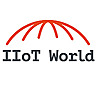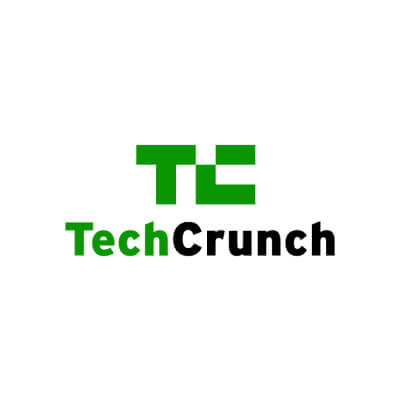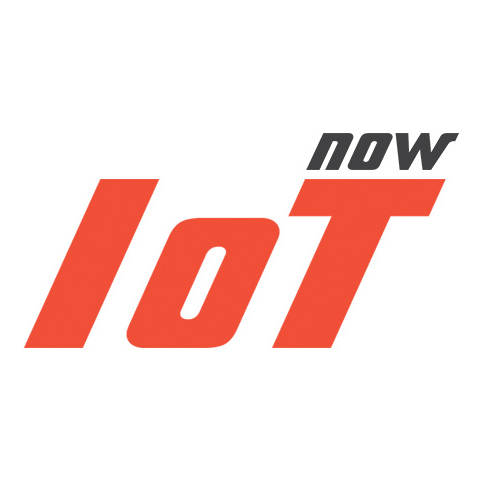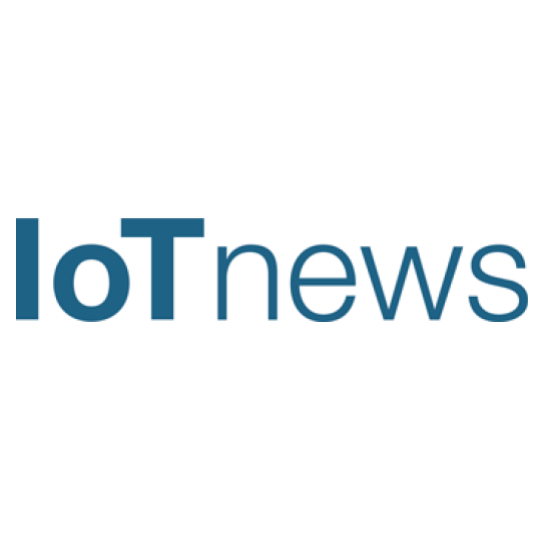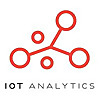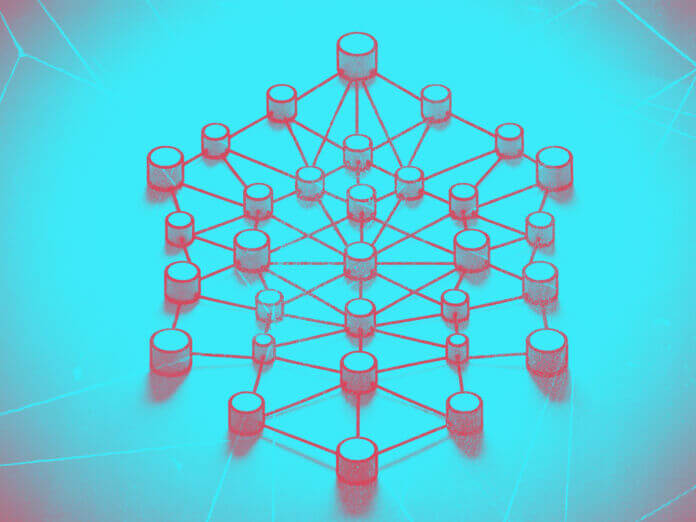
One of the defining features of the IoT market is the continuing decline in revenue per connection for the provision of wide-area connectivity. It’s been only a couple of years since we at Transforma Insights raised the subject of “$1 IoT” (the fact that there will be a large chunk of cellular-based IoT connections generating less than $1 per year) and the likely fallout of this network commoditization as a result.
In our Communications Service Provider IoT Peer Benchmarking report in February, we highlighted the trend that many of the strategies pursued by connectivity providers are motivated by a desire to differentiate their proposition, find alternative revenue streams, or streamline platforms and processes to appropriate levels for the emerging new reality.
In this article, we explore one aspect of this trend related to the network itself. One of the key drivers of price erosion is the commoditization of the IoT network. Can network operators do something to turn that commodity into a differentiator?
Has IoT Network Connectivity Become a Commodity?
Falling prices for connectivity imply that the provision of connectivity—the network—has become a commodity, with prices competed down to a challenging degree. It’s certainly a competitive landscape with hundreds of different players all seeking to address very similar markets.
But it’s more than that. Vendors who solely concentrate on inundating enterprise customers with increasingly complex technology, hoping that some of it will be effective, have poorly served the IoT. And if it doesn’t, make it cheaper.
For enterprise adopters, IoT is almost invariably an area in which they have little expertise, but it often impinges quite significantly on the core operations through the automation of critical processes. For that reason, most will need more tailoring and hand-holding as they walk through the deployment process. This is more critical than the underlying connectivity, or any platform, for that matter.
Rather than trying to address the customer’s needs, vendors have focused instead on being an infinitely scalable platform, applicable to all customers. This is the lowest common denominator technology and in the highly vertically specific world of IoT, it did not fly. The last few years have seen a few big technology players, not least Bosch, Ericsson, IBM, and Google, decide that IoT was not a platform play.
The same has been true, to an extent, of networks. It’s just another (confusing) technology that doesn’t necessarily meet the needs of customers. We need two things: a network that better meets the needs of enterprises, and a recognition that connectivity providers need to be at least a little involved in development, optimization, and implementation services.
Emerging Trends Drive More Need for Sophisticated Network Functions
However—and there is a however—there are some increasingly prominent reasons why we can expect this process of commoditization of the network for IoT to reverse in the next few years.
Back in March, we set out ten “Transition Topics” spanning technical, regulatory, and commercial factors associated with the delivery of IoT that were going through some pronounced change. These included things like changing approaches to connectivity management platforms, and an emerging new regulatory landscape evolving to reflect demands for data sovereignty and security. It was noticeable that there were several topics where the role of the network was very relevant. Faced with a rapidly evolving market for how IoT is delivered, the network will have to do a lot more.
To give one example, the aforementioned issues around data sovereignty, combined with even greater restrictions on permanent roaming (both from regulators and major network operators) and the arrival of eSIM, means that there are going to be more calls on the network to adapt to reflect the new more restrictive—and yet also more demanding—requirements for supporting multi-country cellular-based IoT.
In the old world of (almost) unfettered roaming and (almost) unrestricted flows of data, there were fewer challenges with managing a fleet of devices. In the new world of network localization, local breakout, requirements for local platform instances, and stricter controls over data flows, the network has to do much more of the hard work, and architectures become much more complex to ensure compliance.
The Programmable Network
At the same time, there is a richer array of tools becoming available. Another major trend currently is the evolution of much of the provision of network services from being “infrastructure-based” to being “software-based.” Here we think of cloud-native core functions.
The barriers to entry for spinning up and operating a core dropped tremendously, opening up the opportunity for many more resellers/MVNOs to get involved in the market and for connectivity providers overall to gain rapid scale and flexibility.
The concept of the programmable network reflects this dynamic too, with greater levels of control abstracting from the operation of the underlying network infrastructure.
Edge Computing, AI, and 5G
Another of the Transition Topics took this topic of cloud even further, including edge computing. Notably, an increasing amount of storage and processing will have to move to the “edge,” be it the device, gateway, campus, network, or at some other point.
The need is clear: with increasing demand for automation, and particularly with the wider advent of AI, it makes little sense for many applications to have wholly centralized processing, with the associated latency. An autonomous vehicle needs to make decisions by itself.
For this reason, there is an increasing need to orchestrate between all of the increasingly rich cloud and edge functions. What is the common element to all of those? It’s the network. So the upshot of the greater prevalence of edge computing—something that will accelerate by the growing use of 5G—is increased demands being placed on the network.




 Contact Company
Contact Company
 New Episode
New Episode





 Latest IoT News
Latest IoT News